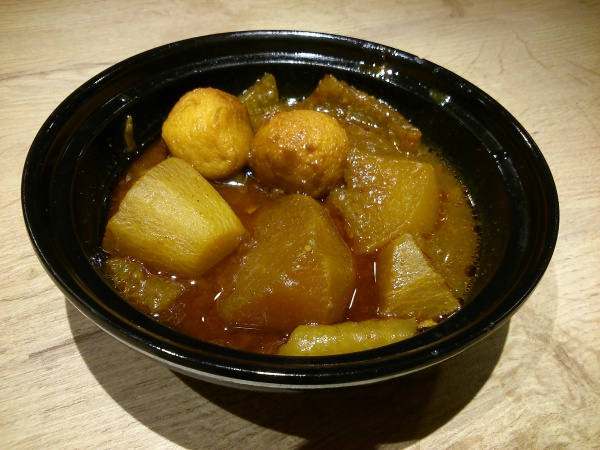Facts About Fish ball
Fish balls are a cherished dish in various regions around the globe, particularly in southern China, Hong Kong, Macau, Iceland, Taiwan, and among Chinese communities in Southeast Asia. These delectable treats are usually made from fish paste and can be savored either boiled in broth or deep-fried to perfection. There are two primary types: East Asian fish balls and Scandinavian fish balls.
East Asian fish balls are renowned for their firm and bouncy texture, which is achieved through a method akin to making surimi. In contrast, Scandinavian fish balls are made from pureed fish, milk, and potato flour, resulting in a softer texture.
In East Asia, fish balls are available in diverse regional styles. In Fuzhou, China, "Fuzhou fish balls" are notable for their delightful minced pork filling. In Hong Kong and Macau, you can find a variety of types such as yellow, white, and golden fish balls, often enjoyed as street food. The white fish balls, typically made from white fish like Spanish mackerel, are particularly popular. Taiwan offers its unique milkfish balls, known for their distinct taste and aroma.
Southeast Asia also boasts its own renditions of fish balls. In Indonesia, they are known as "bakso ikan" and are usually served in a clear broth soup. In the Philippines, fish balls are a street food favorite, often accompanied by a variety of dipping sauces. In Thailand, fish balls are enjoyed fried, grilled, or added to noodle soups and curries.
In Europe, countries like Sweden, Norway, and the Faroe Islands have their unique takes on fish balls. In Norway, they are a staple food served with potatoes and vegetables in a white sauce. In Sweden, fish balls are typically paired with mashed potatoes or rice, green peas, and seafood sauces. The Faroe Islands have "knettir" made from ground fish and mutton fat.

 Brunei
Brunei